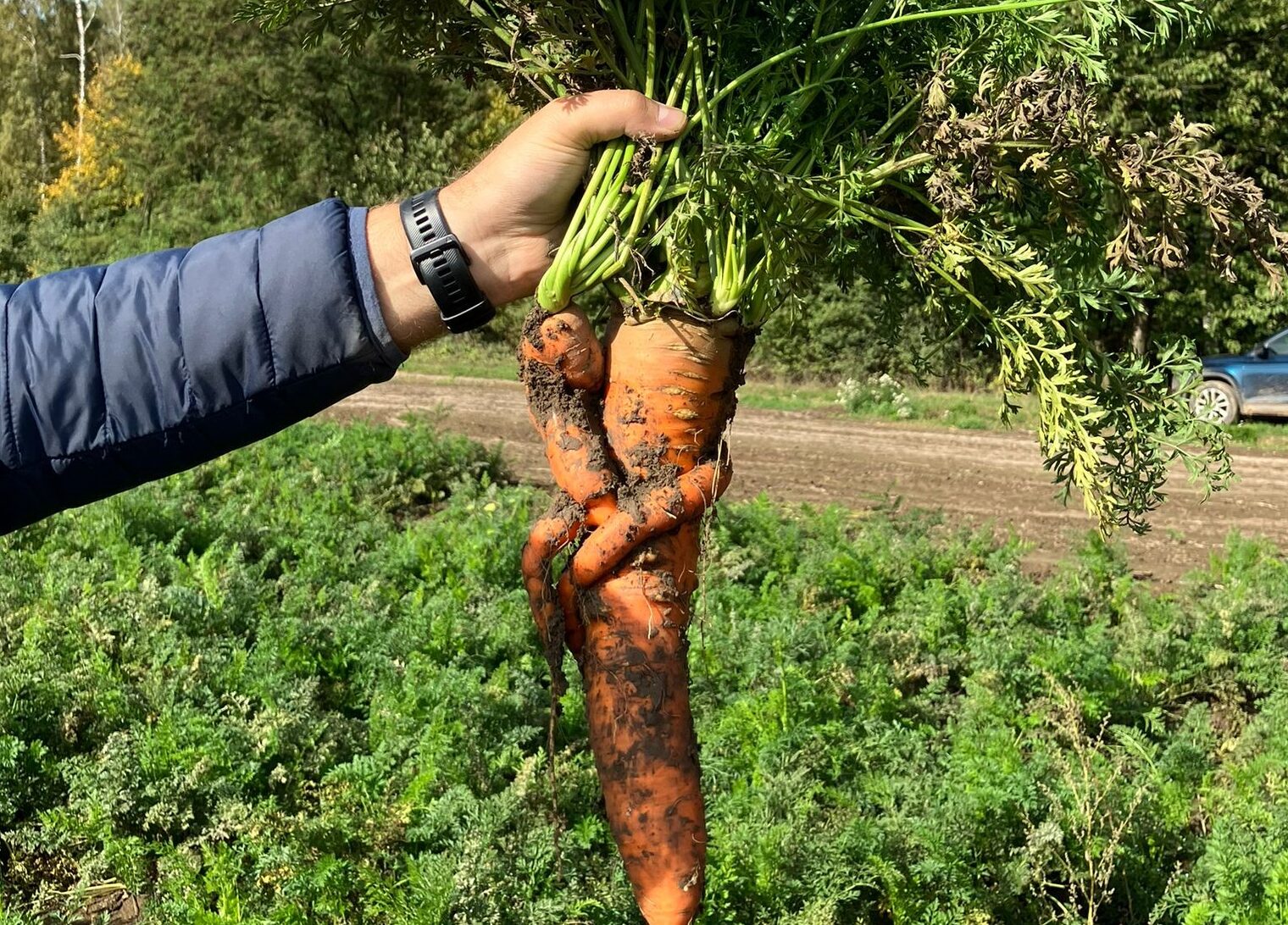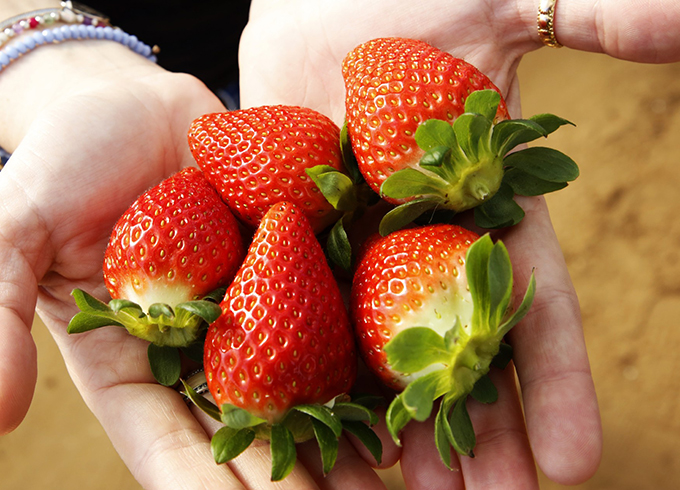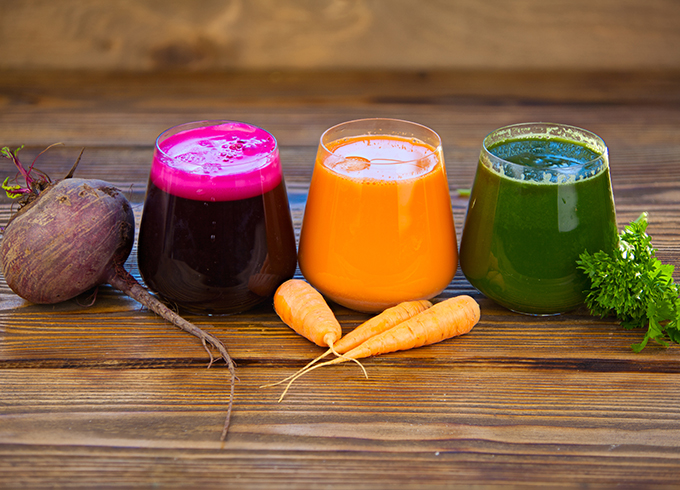BLOG: MANGO, KING OF THE FRUITS

Mangoes are often referred to as the ‘King of the Fruits’, and it’s not hard to see why. With their sweet taste, incomparable flavour and health properties, they bring a slice of sunshine to plates across the world. These benefits haven’t gone unnoticed with consumers; worldwide mango production passed unbelievable 40 million tonnes mark. In fact, they are the most eaten fruit in the world.
Native to the tropics of South Asia, mangoes have been cultivated for thousands of years. And people have made use of every part of the fruit; the bark, leaves, skin and pit have been used in folk remedies for centuries. While we can now enjoy the clean taste of fresh mango, when they were first imported to the American colonies in the 17th century, they had to be pickled due to lack of refrigeration.
Now, mangoes can be found across the world, cultivated in most frost-free, tropical and warmer subtropical climates. Mangoes feel particularly at home in India, which accounts for 45% of worldwide production. There’s no problem choosing a variety you like either, as there are about 300 varieties of mango grown there, with the leading varieties including Totapuri, Alphonso and Kesar.
They remain a firm favourite across the world – the mango is even the national fruit of India, Pakistan and the Philippines, and the national tree of Bangladesh. Grown on the Mangifera flowering plant, mangoes are grouped in the same family as cashews and pistachios.
While mangoes are much larger than those Mangifera counterparts, the ripe fruit varies in size and colour – it can be yellow, orange, red or green. Growing up to 30 meters, the trees are certainly imposing in stature.
The mango’s royal qualities extend to its rich nutritional benefits. They contain high amounts of vitamin C and folate, as well as other nutrients like vitamin A and B vitamins. Not only this, mangoes also contain moderate amounts of copper, a co-factor for many vital enzymes and a crucial ingredient for the production of red blood cells.
Mango is often added to food and beverages to increase a natural sweetness, making it a popular choice for juices, smoothies, ice cream or pies. Now a consumer favourite, mango ingredients can also bring an exotic taste to exciting combinations, such as luxury dark chocolate with mango and coconut, mango and almond bars – or cranberry and mango chutney.
For more information on using mango ingredients to create more tropical food and beverage products, just get in touch.


